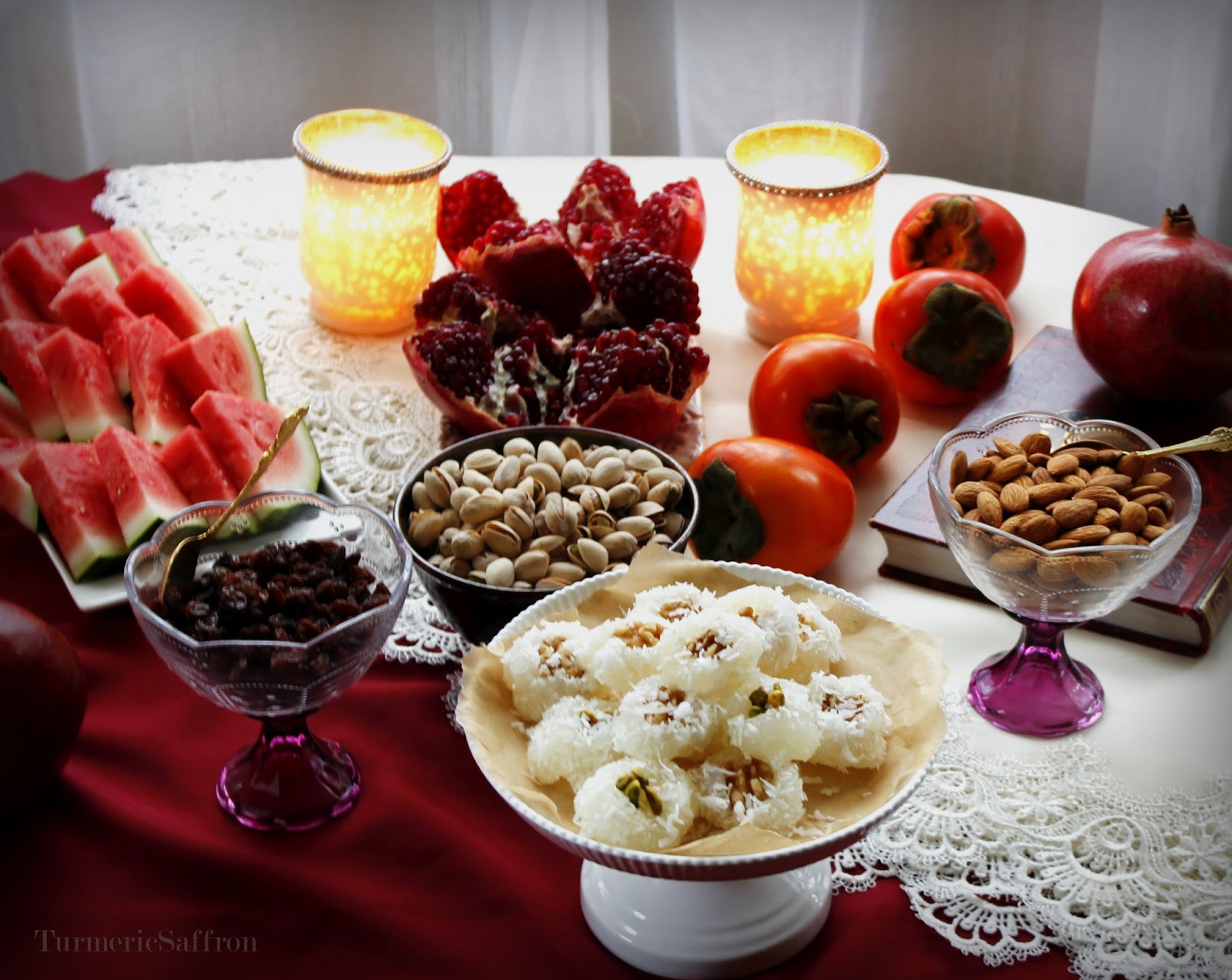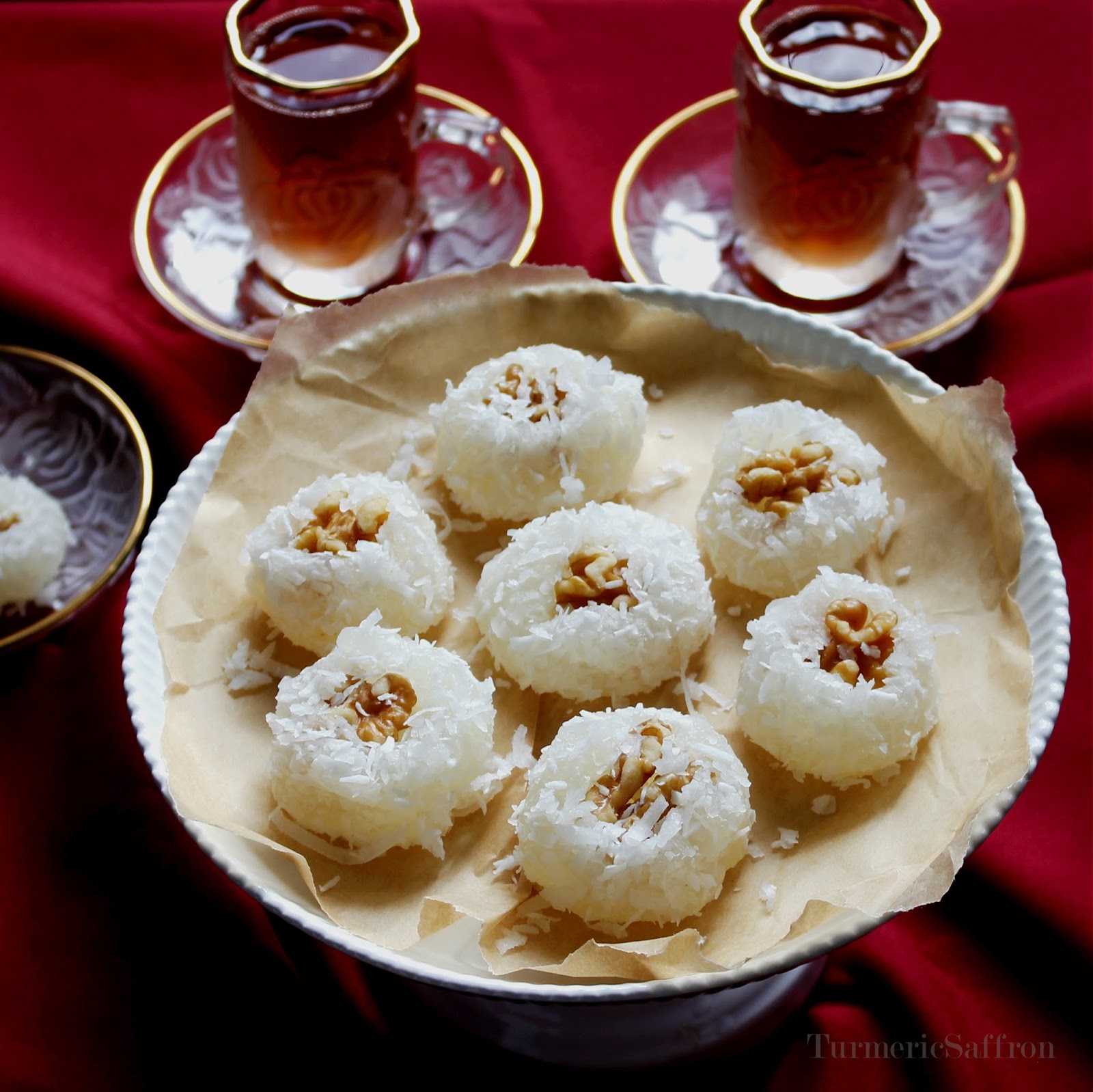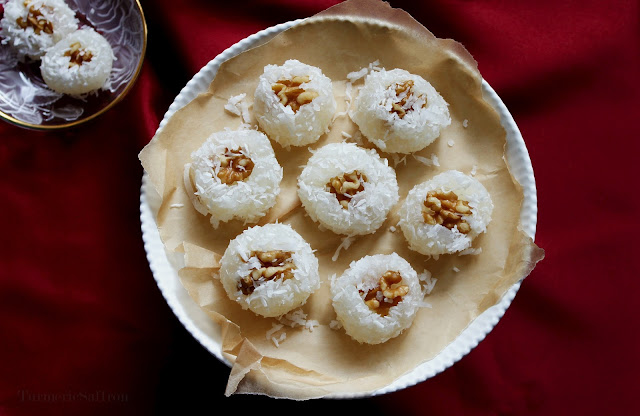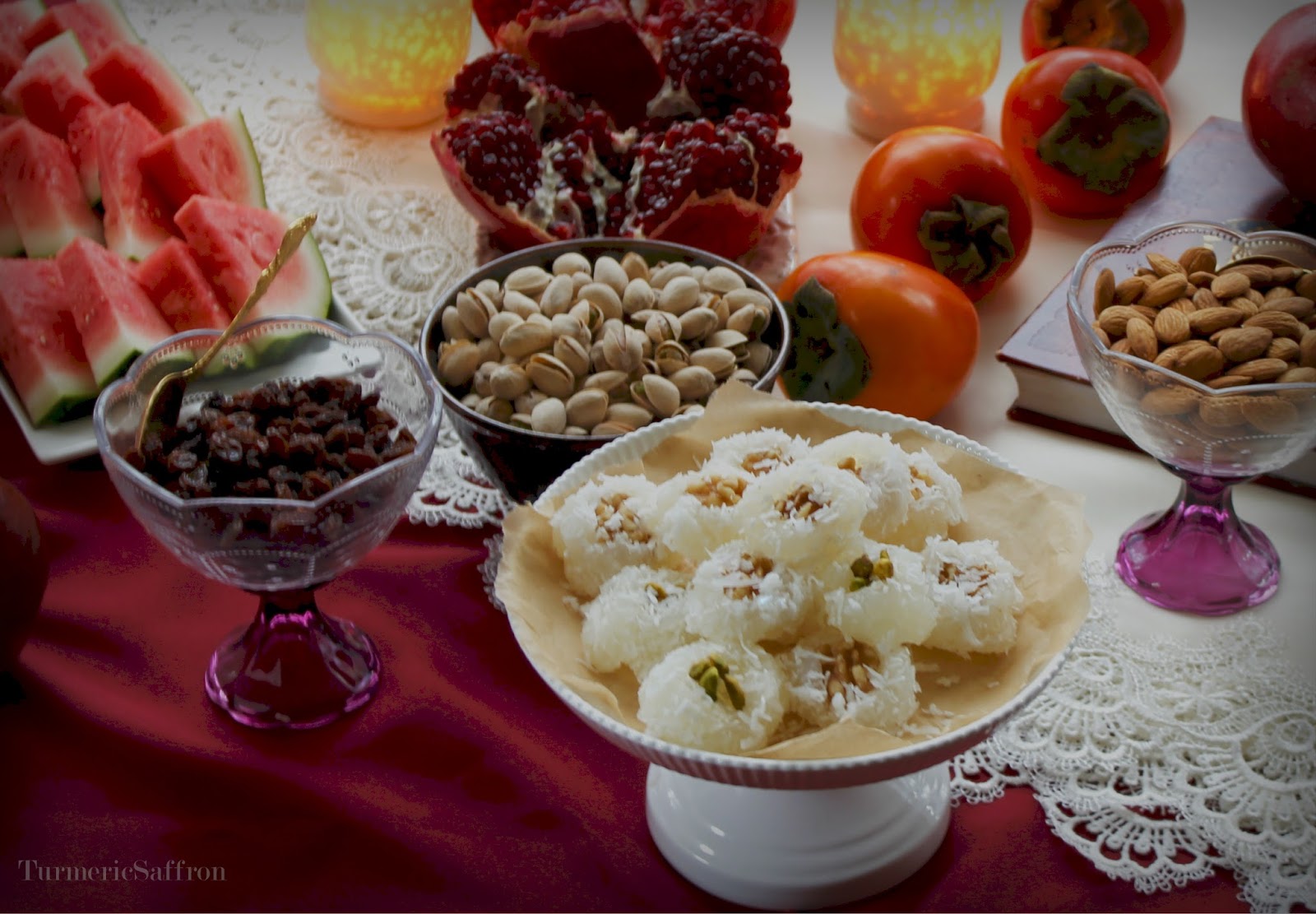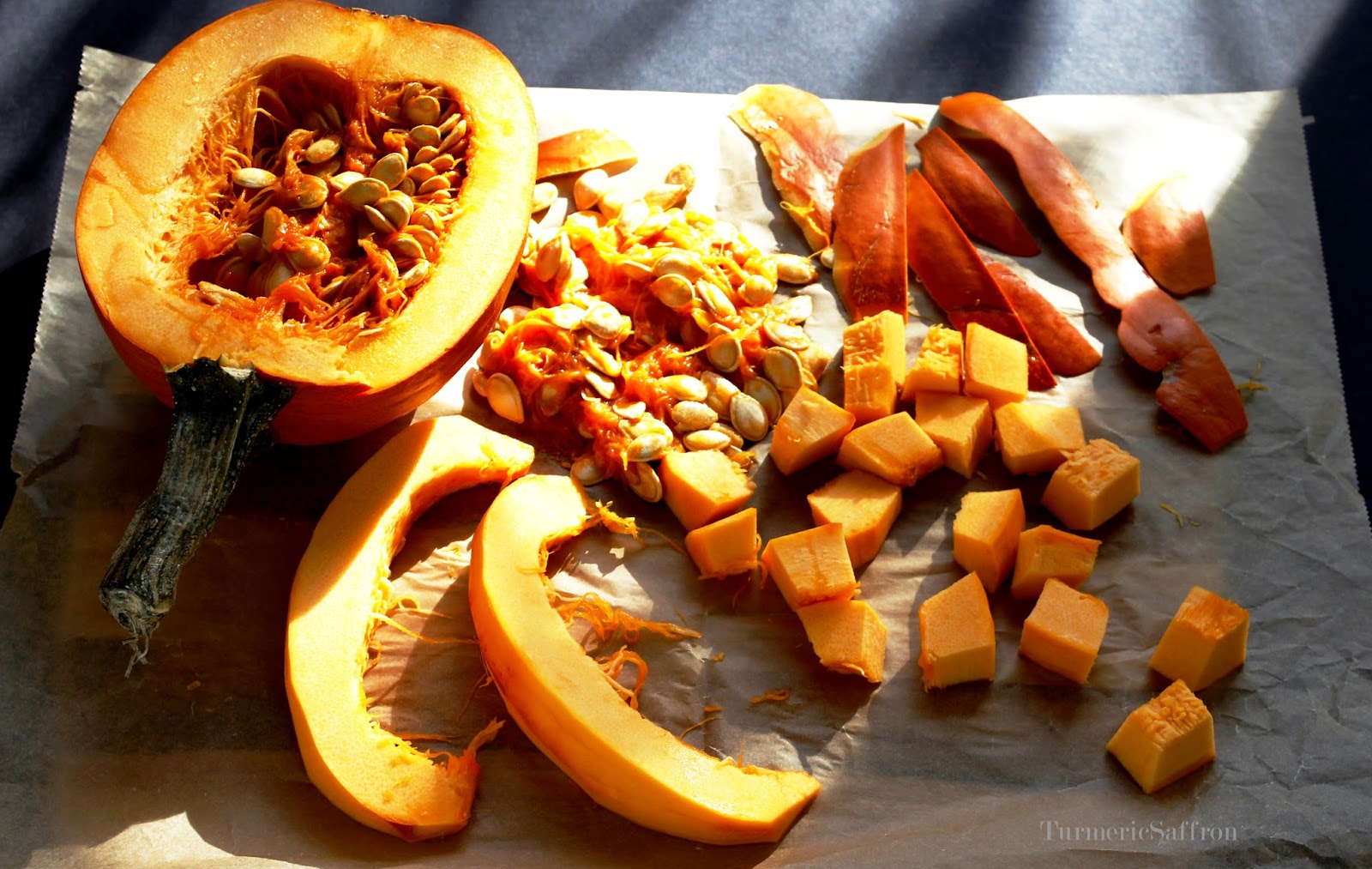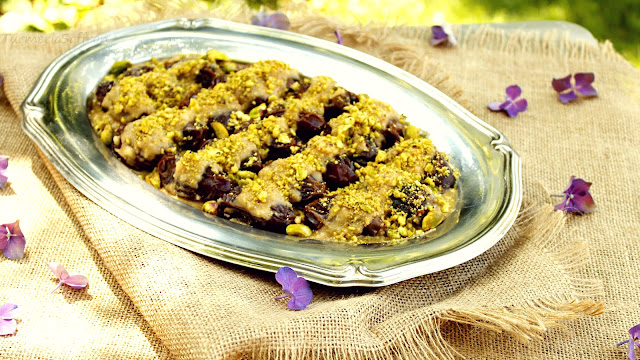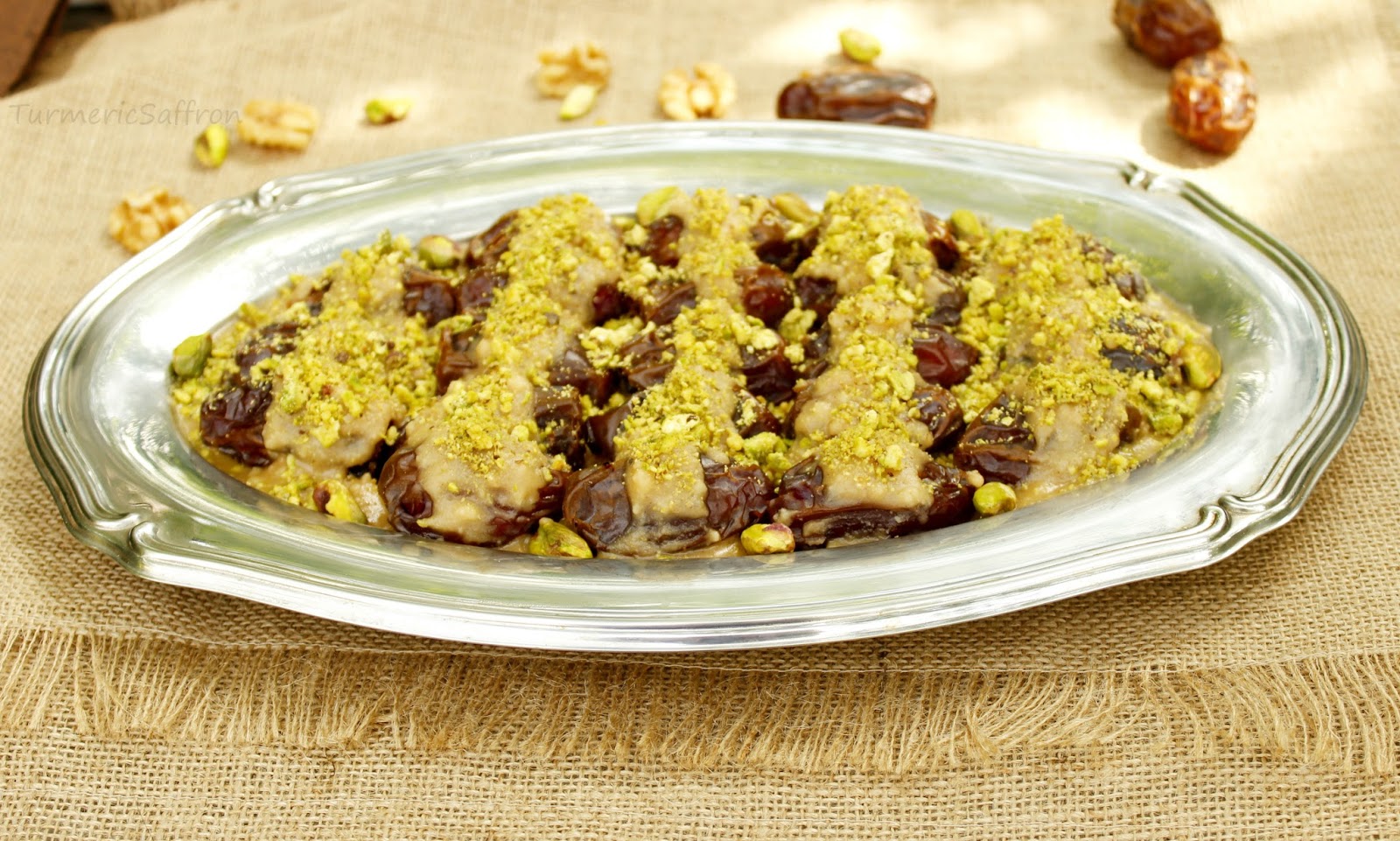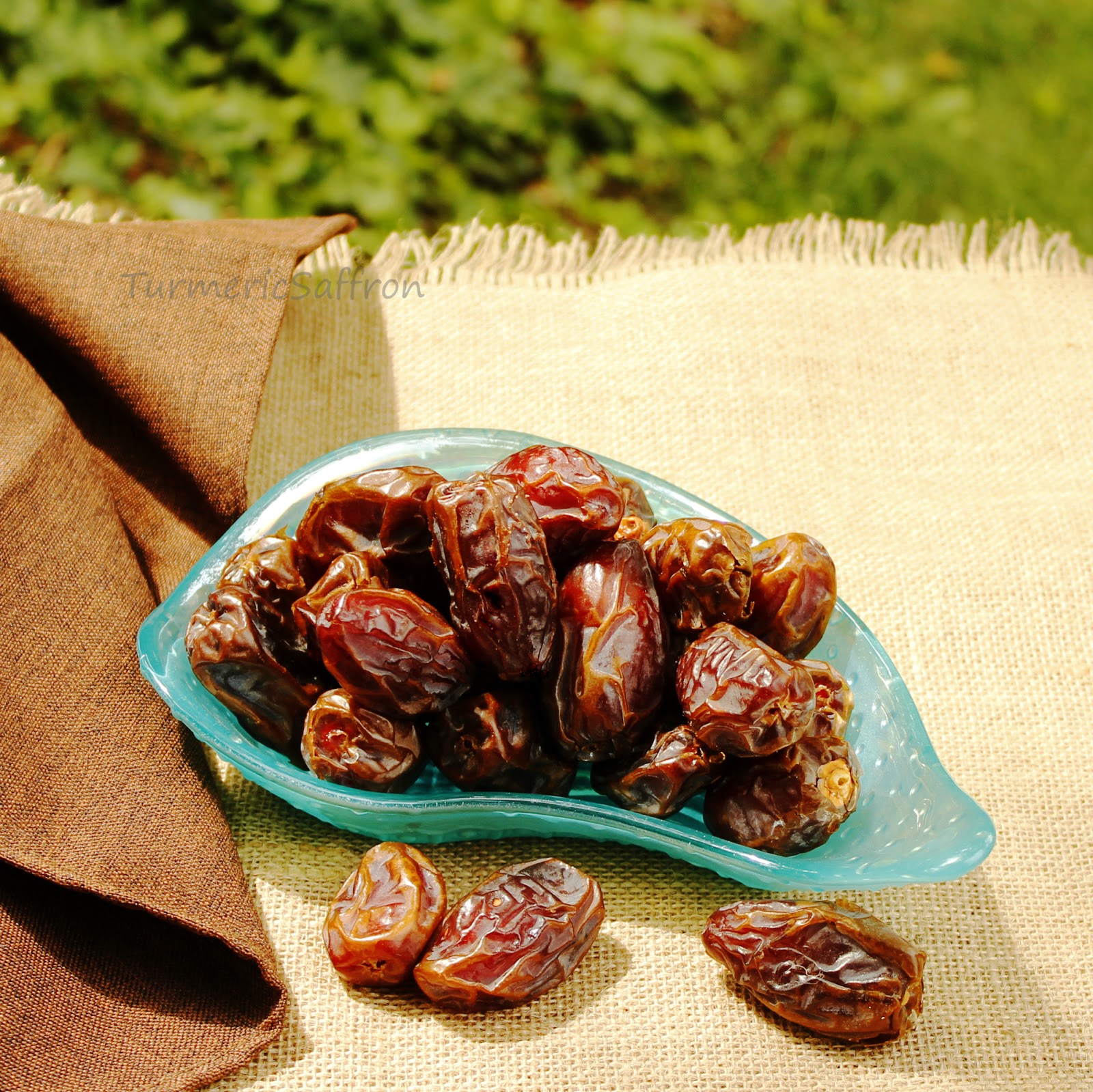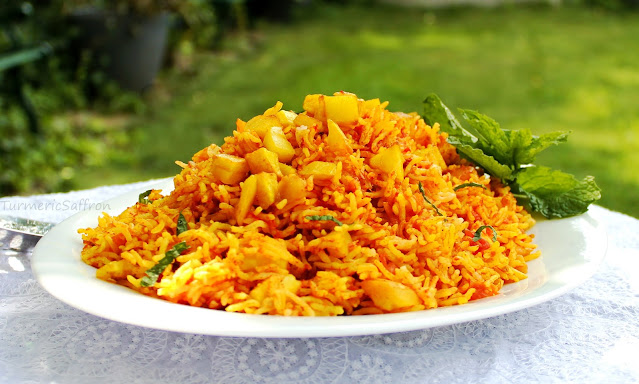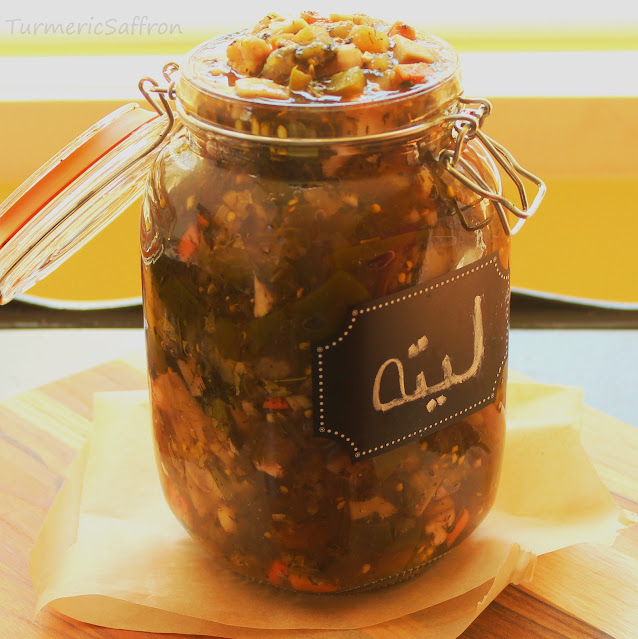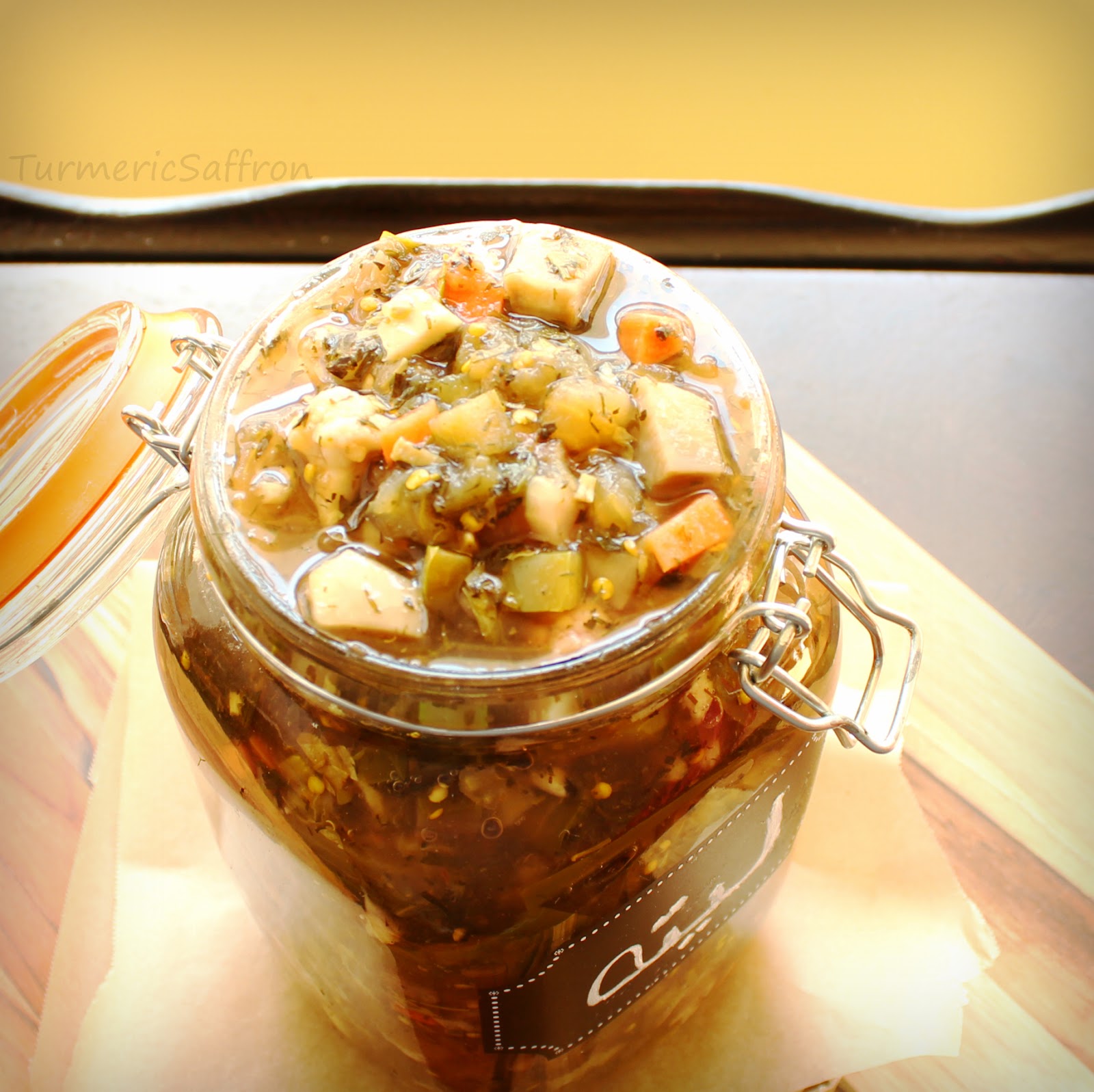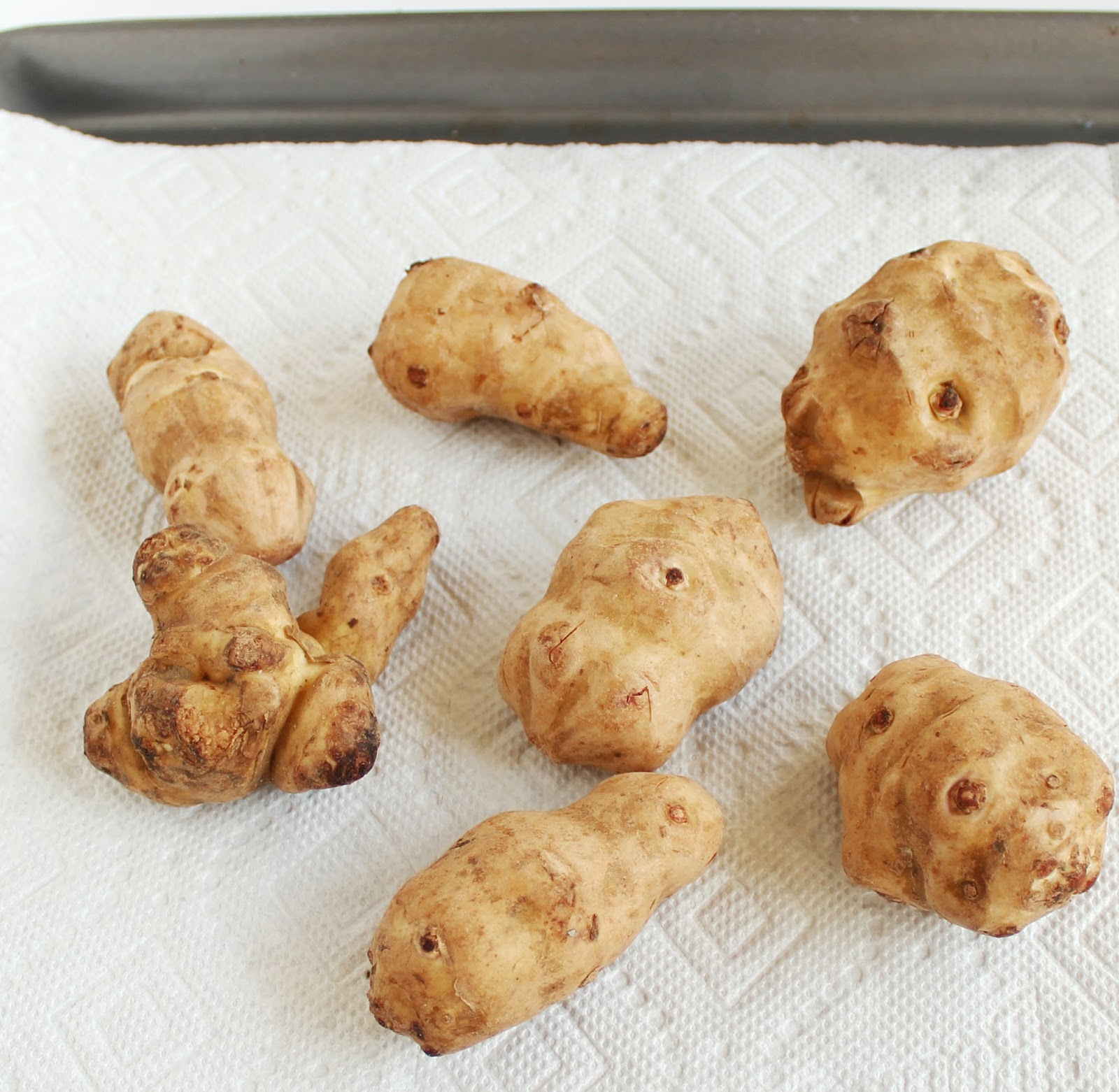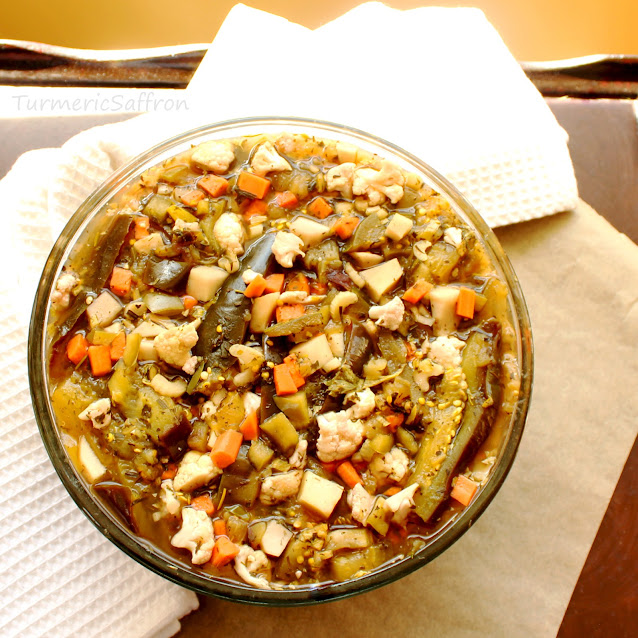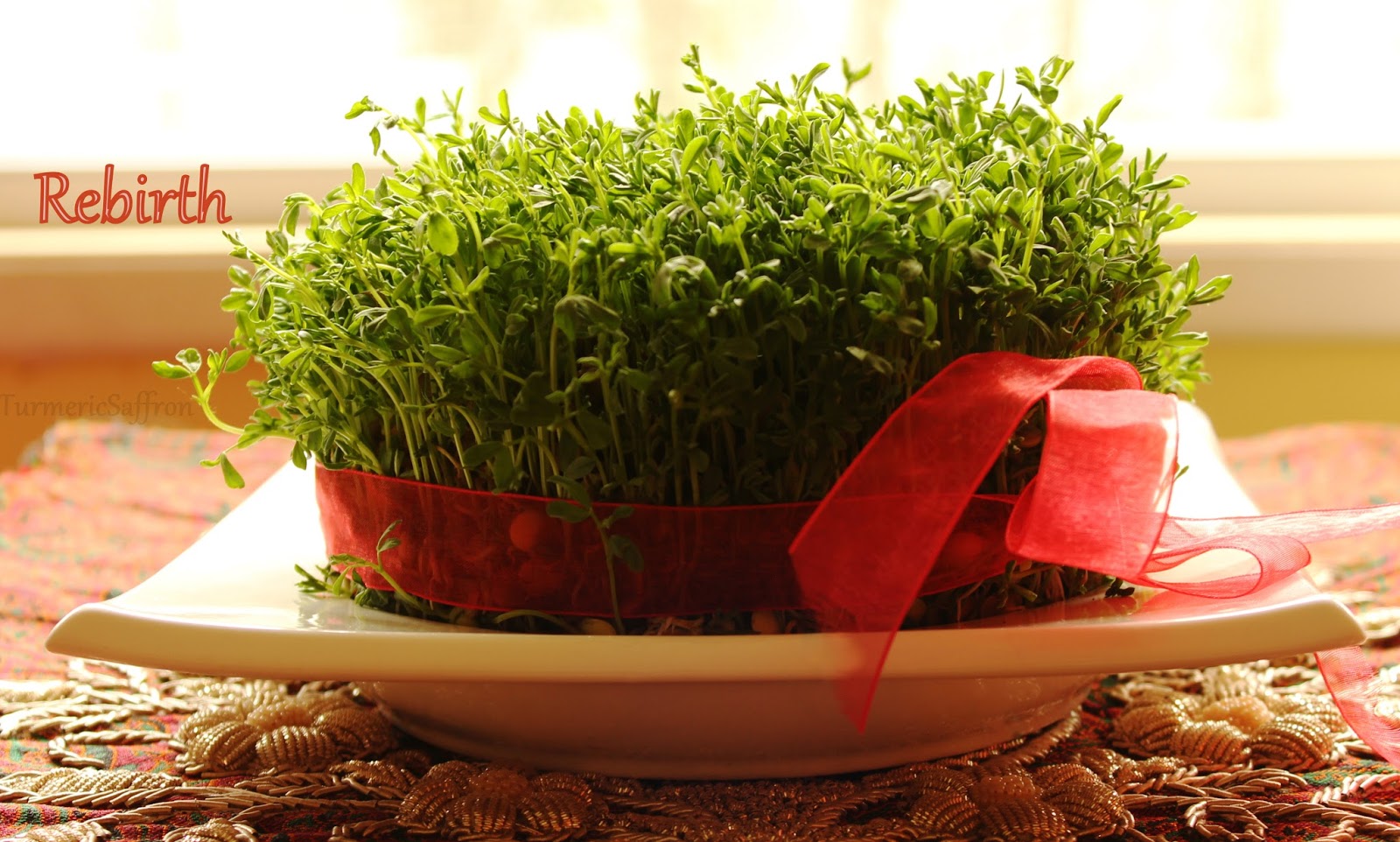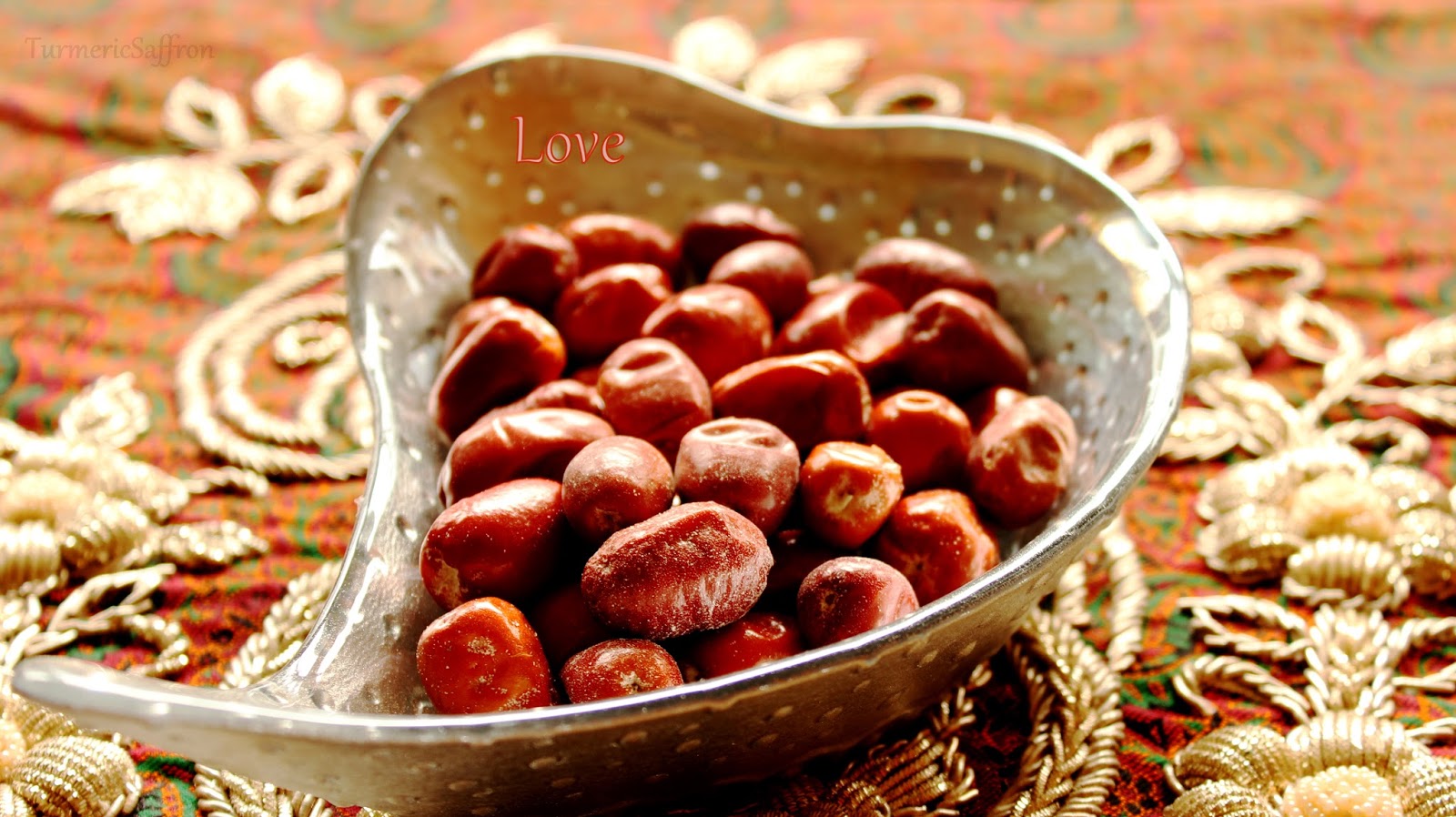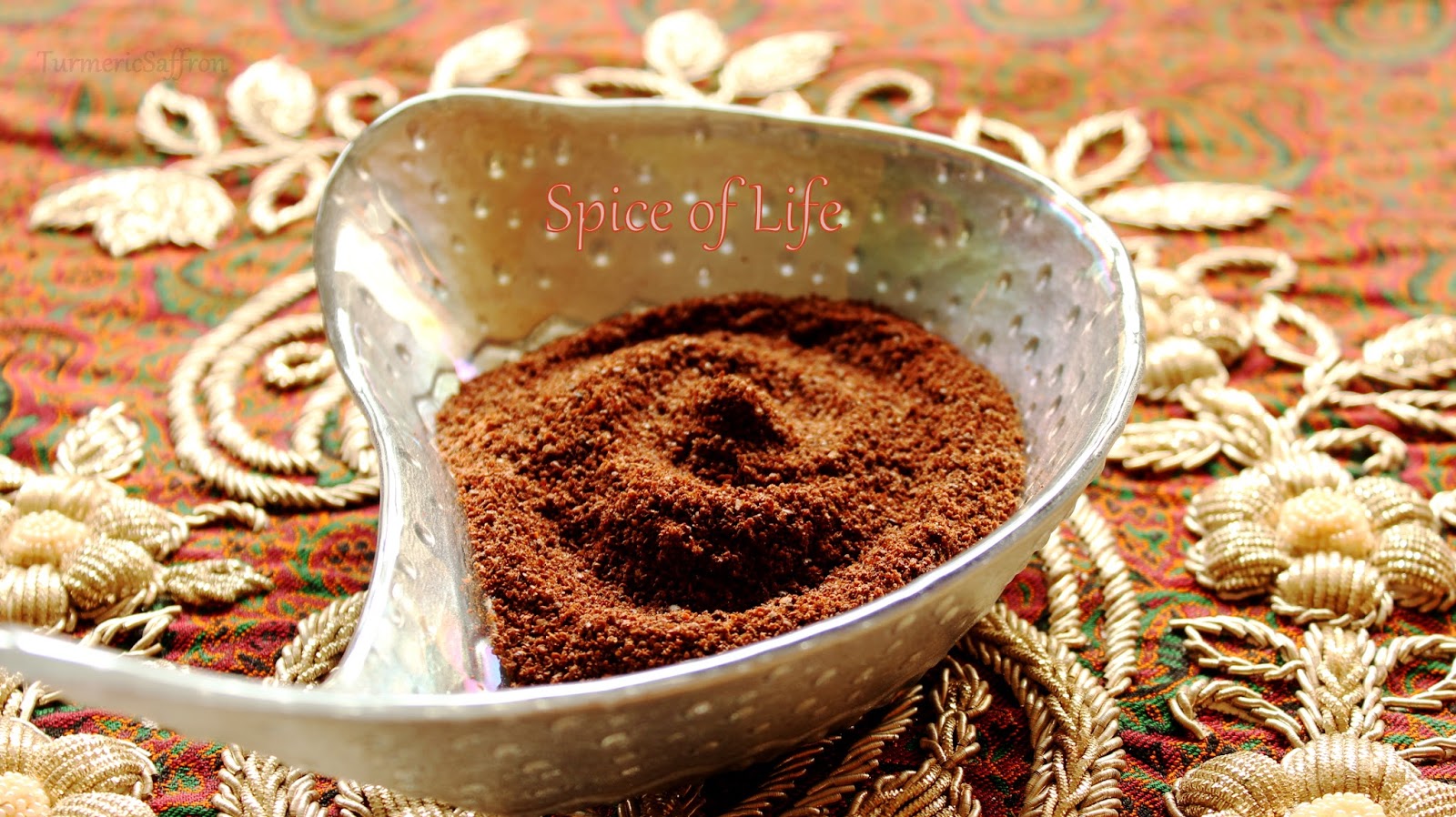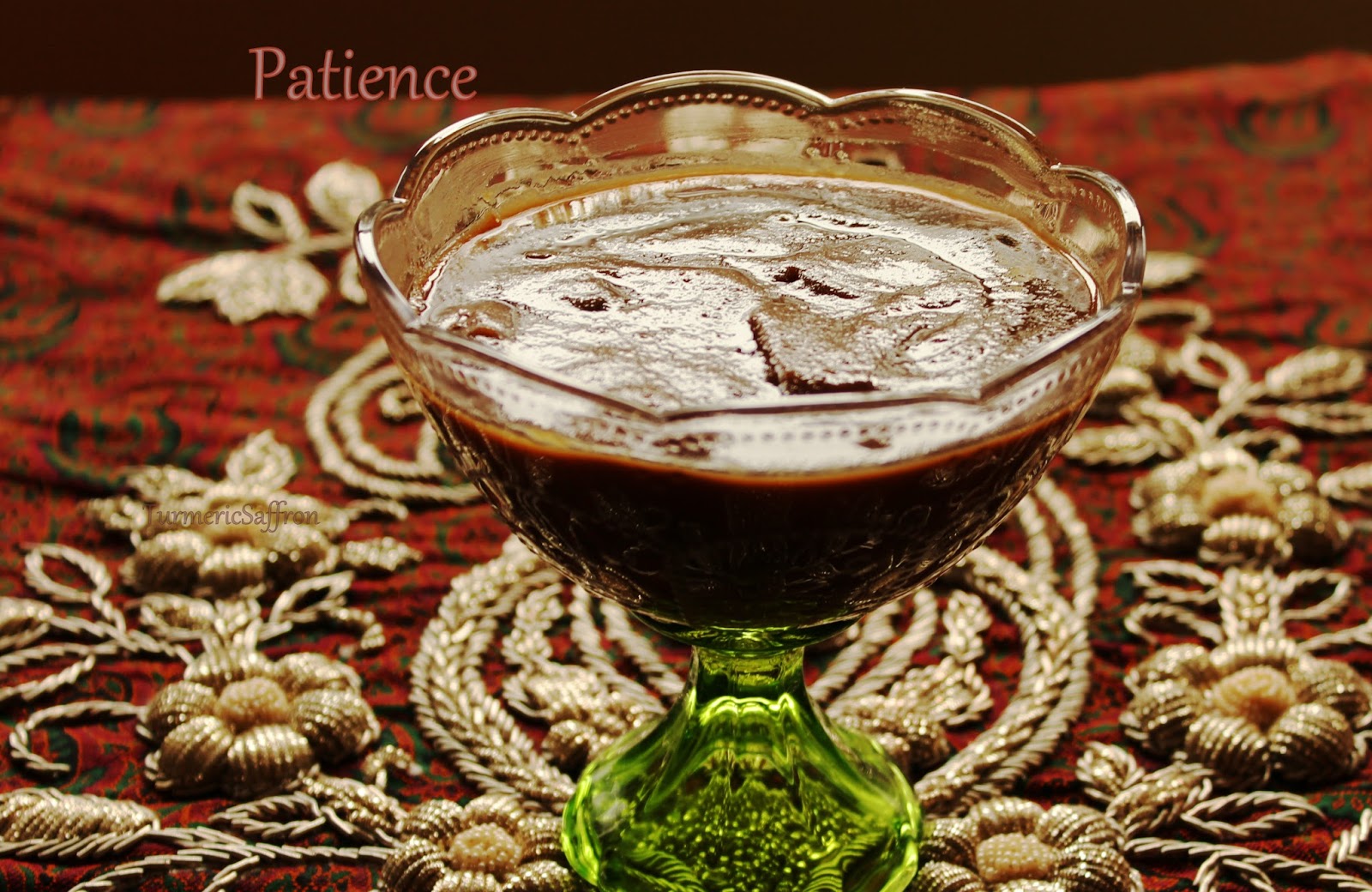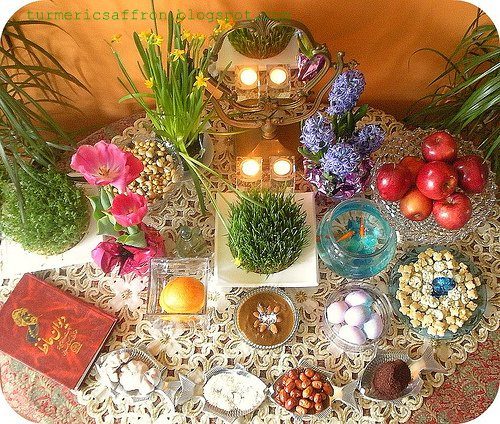The early sunsets, short days, and long nights of autumn will be coming to an end this upcoming Sunday, December 21st. The earliest sunsets of the year occur during the week leading up to the winter solstice and on the shortest day of the year, the sun sets at 4:32 PM and rises again at 7:17 AM the next day here in New York. Starting on the 1st day of winter the days become longer and of course, the change happens far too slowly to be noticeable until several days later. The longest night of the year is called شب یلدا / شب چله - Shab-e Yalda/Shab-e Cheleh in Persian. The word Yalda means birth and it refers to the birth of Mithra (god of light and justice) thousands of years ago. Traditionally, the night of Yalda is celebrated with friends and family gathering around a کرسی - korsi or سفره - sofreh (tablecloth) spread or a table with festive fruits such as a bowl of ruby-colored pomegranates, a platter of sliced sweet watermelons and fully ripened delicious persimmons. Also, on the table would be a bowl of ajil (nuts, seeds, and dried fruits), sweets, and poetry by Hafez. This festival usually starts after dinner and continues into the late hours of the night with poetry reading, storytelling, and music to celebrate the victory of light over darkness, the start of a new season, and to make the long hours of the night go by faster! For me, it is also a way of honoring all those who have celebrated Yalda long before us, during the cold and dark nights of winter huddling around a little oil lamp or a wood-burning fire pit with limited food. And yet they still managed to keep the spirit of shab-e cheleh alive for many centuries to come.
There are no specific meals or dinner menus associated with Yalda celebrations and in all these years of blogging I have never felt a need to write a recipe for Yalda until now. It is all up to you as to what to prepare for the night. However, among the sweets served, baslogh is commonly known as a yalda shirini (sweets). باسلوق لقمه ای - Baslogh is a soft starch based candy infused with rosewater and each individual piece is completely coated with shredded coconuts and topped with walnuts. In addition to rosewater, saffron and ground cardamom may be used as well. For this recipe, you will need a little patience as it does require constant stirring.
Baslogh
Ingredients:
Makes about 14 pieces
1/2 cup cornstarch
1 cup (8-ounces) granulated sugar
1 1/2 cups water
1/2 cup rosewater
1 teaspoon lemon juice
1/4 cup walnut halves
1 tablespoon butter, unsalted
1 cup shredded coconut, sweetened
Method:
- Pour the shredded coconut into a large bowl. Set aside.
- Combine sugar and water in a medium saucepan and boil over medium-high heat until sugar is completely dissolved. Reduce heat and simmer.
- Mix cornstarch and a 1/2 cup of cool water together in a small saucepan, stir until dissolved.
- Add dissolved cornstarch to the sugar syrup. Bring to a boil, stir constantly until the mixture is no longer lumpy. Reduce the heat to low, simmer, stirring frequently until thickened for about 15-20 minutes. Add the rosewater, butter and lemon juice, cook for another 5-7 minutes. Stirring constantly.
- Drop a spoonful at a time of the mixture into the bowl of shredded coconut, shape the mixture into balls, turning over to evenly coat the sides. You need to move quickly. Place a walnut half in the center of each baslogh. Arrange on a serving platter. Serve with tea.
Happy Shab-e Yalda!

